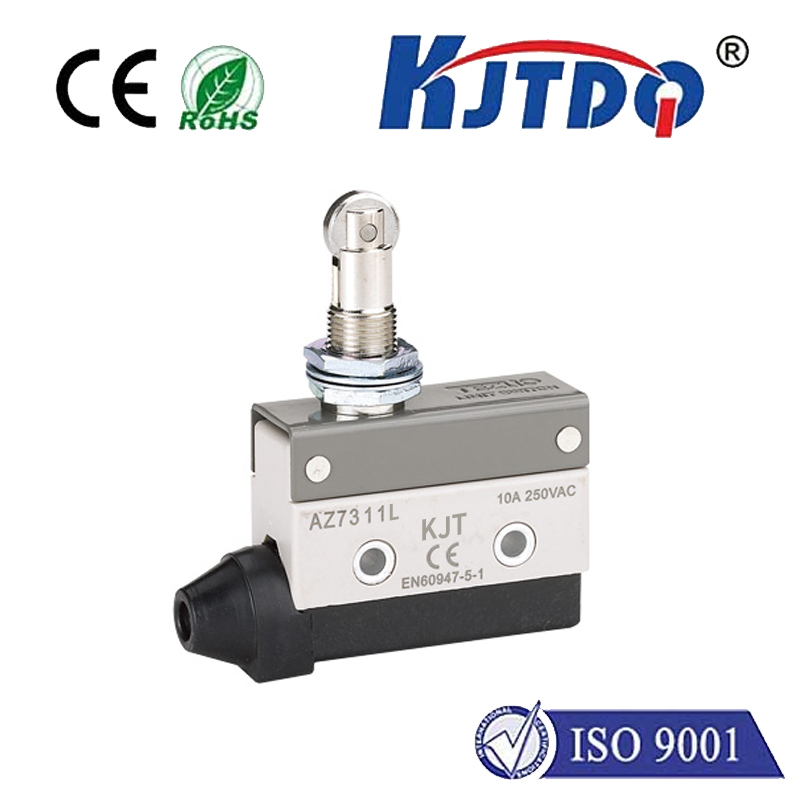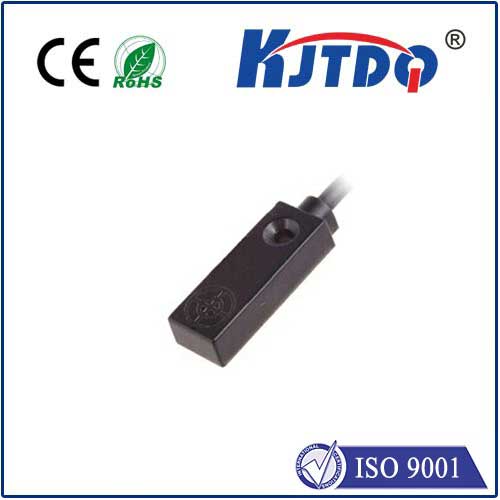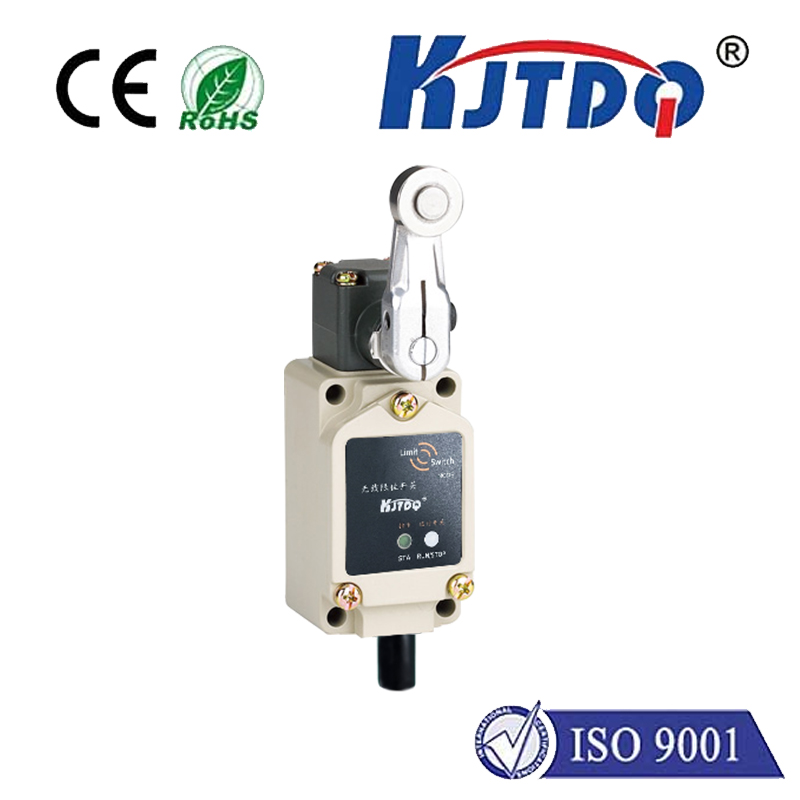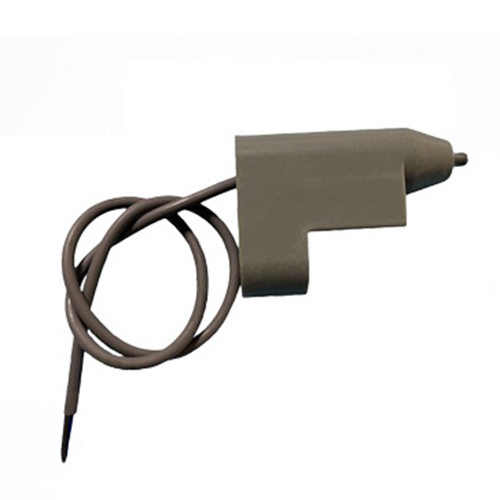

check

check

check

check
E2J: The Future of Energy Efficiency in Smart Cities
In the rapidly evolving landscape of urban development, the concept of energy efficiency has become a cornerstone of sustainable living. As cities grow and populations increase, the demand for clean, reliable, and efficient energy sources becomes more pressing than ever. One emerging solution that is gaining attention is the E2J initiative, which stands for Energy Efficiency 2.0 Joint Project. This innovative approach aims to integrate advanced technologies with smart city infrastructure to create a more sustainable and efficient energy ecosystem.
E2J: A New Paradigm for Energy Management
At the heart of the E2J initiative is a shift from traditional energy management models to a more interconnected and dynamic system. Unlike conventional energy systems, which often operate in isolation, E2J emphasizes real-time data exchange and predictive analytics to optimize energy use across buildings, transportation, and utilities. By leveraging IoT (Internet of Things) devices and AI-driven algorithms, E2J enables cities to monitor and adjust energy consumption in real time, reducing waste and lowering carbon footprints.
Key Components of E2J

The E2J framework includes several key components that work together to achieve its goals. First, smart sensors are deployed throughout urban environments to collect data on energy usage, weather conditions, and environmental factors. These sensors provide continuous feedback, allowing city planners and energy managers to make informed decisions.
Second, AI and machine learning are used to analyze the data collected by the sensors and predict energy demand. This predictive capability allows for proactive adjustments in energy distribution, ensuring that resources are used efficiently.
Third, integrated smart grids are essential to the E2J model. These grids allow for seamless communication between different energy sources, such as solar panels, wind turbines, and conventional power plants, ensuring a stable and reliable energy supply.
Benefits of E2J
The advantages of the E2J initiative are manifold. By adopting a holistic approach to energy management, cities can significantly reduce their reliance on fossil fuels, lower operational costs, and improve public health by reducing air pollution. Additionally, E2J supports the transition to renewable energy sources, making cities more resilient to energy scarcity and climate change.
Challenges and Future Outlook
Despite its potential, the E2J initiative faces several challenges. One of the main hurdles is the initial investment required to deploy smart infrastructure and AI systems. Governments and private sectors must collaborate to ensure that these technologies are accessible and affordable for all urban areas.
Another challenge is the need for regulatory support and standardization. As E2J expands, it will be crucial to establish clear guidelines and policies to ensure that the technology is implemented effectively and equitably.
Looking ahead, the future of E2J is promising. As technology continues to advance and the demand for sustainable energy grows, the E2J model is likely to become a standard practice in smart city development. Cities that adopt E2J will not only benefit from reduced energy costs and improved environmental performance but also lead in the global effort to create a more sustainable future.
In summary, the E2J initiative represents a transformative approach to energy management in the smart city era. By integrating advanced technologies and fostering collaboration between governments, private entities, and citizens, E2J is paving the way for a more energy-efficient and sustainable urban environment.









